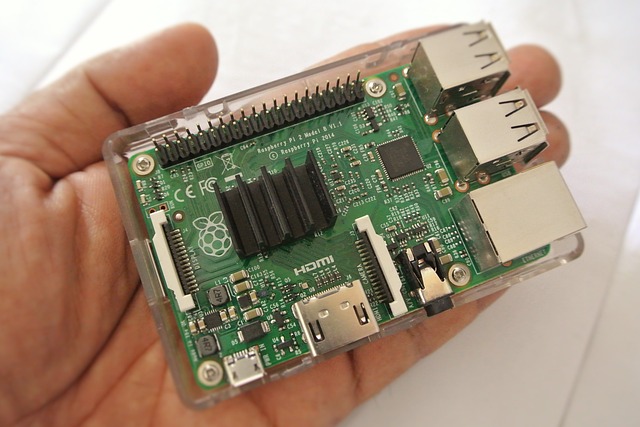Linux, as one of the most popular operating systems in the world, is known for its powerful and flexible support for networking technologies. The Linux kernel is the key component that enables communication between computers and devices on a network. In this article, we will look at the main aspects and principles of the Linux kernel in the context of networking.
The Linux kernel networking subsystem
The networking subsystem in the Linux kernel is a set of components and protocols that provide network connectivity and communication between the various devices on a network. Here are some of the key elements of this subsystem:
- Network Stacks:
Linux supports several network stacks such as the TCP/IP (Transmission Control Protocol/Internet Protocol) protocol stack and the UDP/IP (User Datagram Protocol/Internet Protocol) protocol stack. These stacks provide the foundation for network communications and enable data transfer over the network. - Network adapter drivers:
The Linux kernel includes drivers for a large number of network adapters, including Ethernet, Wi-Fi, and others. The drivers allow the kernel to communicate with specific network hardware and provide network access. - Network Layer Protocols:
Linux supports various network protocols at different layers of the OSI model, including Ethernet, IP, ICMP, TCP, UDP, and others. These protocols ensure reliable and efficient data transfer on the network. - Network utilities:
Linux also includes many network utilities and commands such as ifconfig, netstat, ping, traceroute and others that allow administrators to configure and diagnose network connections.
Linux networking principles
Openness and standardization:
Linux networking subsystem is built on open standards such as TCP/IP and Ethernet protocols. This ensures compatibility and interoperability with other networking devices and systems.
Modularity and extensibility:
The Linux kernel supports modularity, which allows new networking features and drivers to be added without having to recompile the entire kernel. This makes the system flexible and customizable.
Security:
Linux provides multiple layers of security for network communications, including firewalls, access control mechanisms, and data encryption. This provides a high level of network security.
Multiple protocol support:
Linux supports a wide range of network protocols, making it suitable for various usage scenarios including servers, embedded systems and mobile devices.
Conclusion
The Linux kernel with its powerful networking subsystem plays an important role in providing network connectivity and communication between devices. Due to its open nature and flexibility, Linux is a popular choice for building networking solutions. It can be used to build small home networks as well as large-scale corporate networks, and can be used in many other areas that require network connectivity and data processing.



